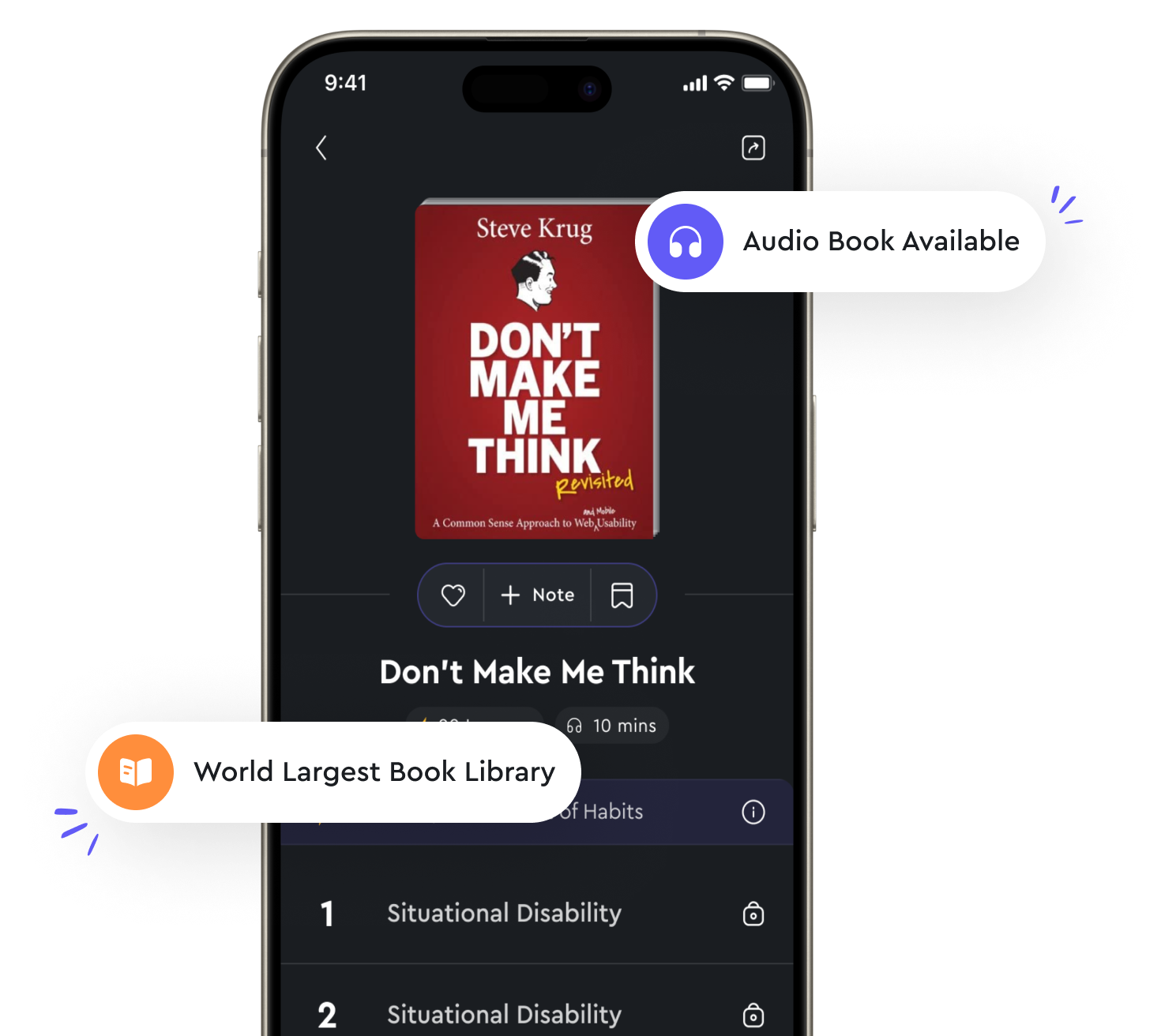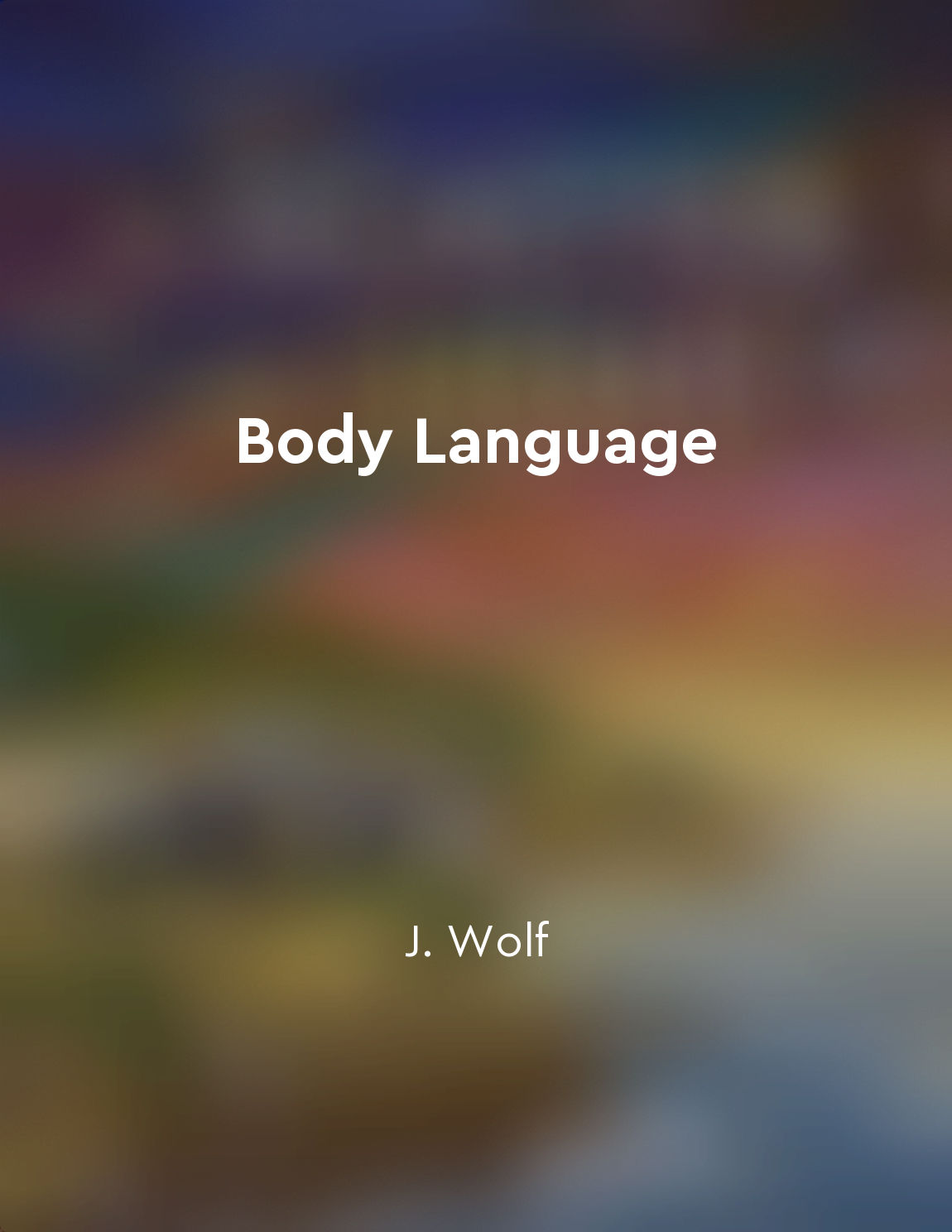Posture, gestures, and facial expressions all play a part in body language from "summary" of Body Language by J. Wolf
Posture, gestures, and facial expressions are all crucial components of body language. These nonverbal cues can provide valuable insights into a person's thoughts, feelings, and intentions. Posture refers to the way in which a person holds their body. It can convey a lot of information about a person's confidence, attitude, and emotions. For example, standing upright with shoulders back can signal confidence and assertiveness, while slouching can indicate insecurity or lack of interest.
Gestures are another important aspect of body language. These movements of the hands, arms, and body can add emphasis to verbal communication or convey messages on their own. For instance, pointing a finger can indicate aggression or accusation, while open-handed gestures can signal openness and honesty.
Facial expressions are perhaps the most well-known aspect of body language. The muscles in the face can produce thousands of different expressions, each of which can convey a different emotion or feeling. A smile, for example, is universally recognized as a sign of happiness, while a furrowed brow can indicate confusion or concern.
When considering body language, it's essential to remember that these cues do not exist in isolation. Instead, they work together to create a holistic picture of a person's nonverbal communication. A person's posture, gestures, and facial expressions should be interpreted in conjunction with one another to gain a more accurate understanding of what they are trying to communicate.Posture, gestures, and facial expressions all play a significant role in body language. By paying attention to these nonverbal cues and considering them in context, we can better understand the thoughts, feelings, and intentions of those around us.

Open in app
The road to your goals is in your pocket! Download the Oter App to continue reading your Microbooks from anywhere, anytime.


